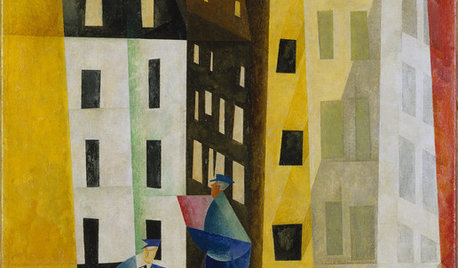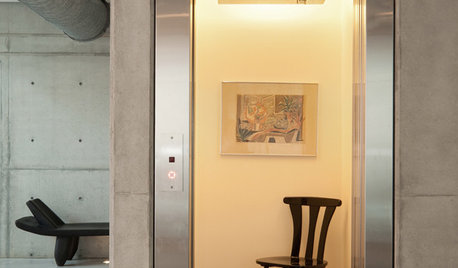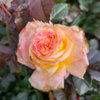New consulting rosarian manual, Nov 2, 2012
henry_kuska
11 years ago
Related Stories

EVENTS6 Top Design Events: Sept. 2-23, 2011
Get out and get inspired! See what's on the Houzz list of things to see and do this month
Full Story0

BEFORE AND AFTERSHouzz Tour: New Life for a Historic Georgia Fixer-Upper
Renovation restrictions didn't limit a couple's enthusiasm for this well-sited Decatur home
Full Story
HOUSEKEEPINGTackle Big Messes Better With a Sparkling-Clean Dishwasher
You might think it’s self-cleaning, but your dishwasher needs regular upkeep to keep it working hard for you
Full Story
DECORATING GUIDESIs an Online Decorator Right for You?
For a professional look at a lower price and from the convenience of home, e-decorating may be the perfect solution
Full Story
MOST POPULAR9 Real Ways You Can Help After a House Fire
Suggestions from someone who lost her home to fire — and experienced the staggering generosity of community
Full Story
KITCHEN COUNTERTOPSKitchen Counters: Granite, Still a Go-to Surface Choice
Every slab of this natural stone is one of a kind — but there are things to watch for while you're admiring its unique beauty
Full Story
REMODELING GUIDESHome Elevators: A Rising Trend
The increasing popularity of aging in place and universal design are giving home elevators a boost, spurring innovation and lower cost
Full Story
LIFEIf You Could Talk to Your House, What Would You Say?
‘Pull yourself together’ or ‘thank you for transforming my life’? Notes to homes around the country hit us where we live
Full Story
KITCHEN DESIGNNew This Week: 4 Subtle Design Ideas With Big Impact for Your Kitchen
You’ve got the cabinets, countertops and appliances in order. Now look for something to make your space truly stand out
Full Story
REMODELING GUIDESContractor Tips: Advice for Laundry Room Design
Thinking ahead when installing or moving a washer and dryer can prevent frustration and damage down the road
Full StorySponsored
Columbus Design-Build, Kitchen & Bath Remodeling, Historic Renovations
More Discussions









amandahugg
dan_keil_cr Keil
Related Professionals
Baltimore Landscape Architects & Landscape Designers · East Rancho Dominguez Landscape Architects & Landscape Designers · Hershey Landscape Architects & Landscape Designers · La Marque Landscape Architects & Landscape Designers · Buford Landscape Contractors · East Hanover Landscape Contractors · Franklin Landscape Contractors · Hollywood Landscape Contractors · Long Beach Landscape Contractors · Norristown Landscape Contractors · Richmond Landscape Contractors · Stallings Landscape Contractors · Sugar Hill Landscape Contractors · Vashon Landscape Contractors · Hawaiian Gardens Landscape Contractorshenry_kuskaOriginal Author
lucillle
henry_kuskaOriginal Author
lucillle
henry_kuskaOriginal Author
User
karl_bapst_rosenut
henry_kuskaOriginal Author
anntn6b
henry_kuskaOriginal Author
sandandsun